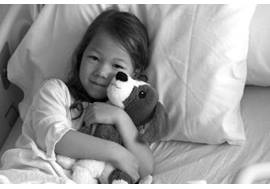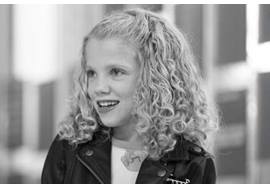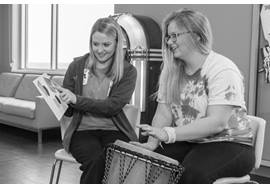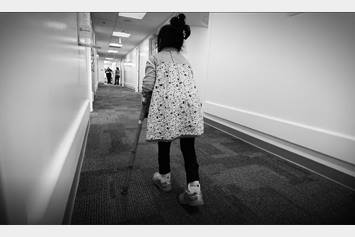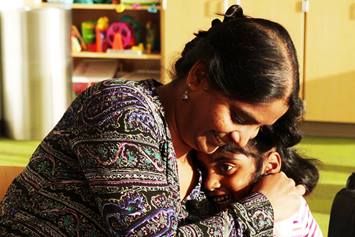Selective Dorsal Rhizotomy Program at Nationwide Children's
Experience, Quality and Compassion
Selective Dorsal Rhizotomy: Ruby’s Story
Watch Video
Selective Dorsal Rhizotomy Program at Nationwide Children's
The Selective Dorsal Rhizotomy Program at Nationwide Children’s Hospital is offered to patients from around the country experiencing spasticity – a condition that causes stiff, tight muscles that can’t be controlled because of a problem with the signals the brain sends (or doesn’t send) to the nerves. Most people who are good candidates for selective dorsal rhizotomy surgery have spastic cerebral palsy (CP). In nearly everyone who undergoes the operation, Selective dorsal rhizotomy improves mobility, reduces pain, and relieves lower-limb muscle spasticity.
Selective dorsal rhizotomy is offered by only a handful of pediatric hospitals. It is considered a safe and effective operation, but few surgeons are trained in the technique. Nationwide Children’s Neurosurgery Chief Jeffrey Leonard, MD, has decades of experience performing this complicated procedure.

Nationwide Children's Hospital is ranked by U.S. News & World Report for Neurology and Neurosurgery.
 Why Choose Nationwide Children's Hospital for Your Child's Care
Why Choose Nationwide Children's Hospital for Your Child's Care
Ranked by U.S. News & World Report as one of the leading children’s hospitals for neurology and neurosurgery, our care for your child and family spans more than just your time at our hospital. We know there are a lot of factors to selecting the right care team for your child. Here is what sets us apart:
We Put Your Family at the Center of Everything We Do
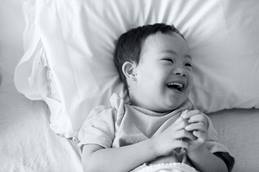
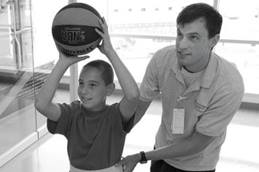

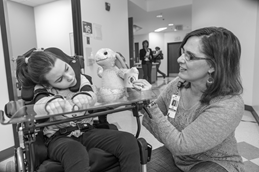
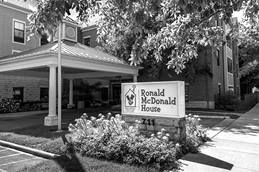
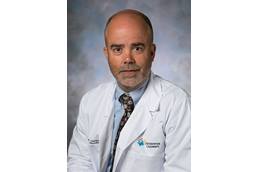
Jeffrey R. Leonard
Jeffrey R. Leonard, MD, is the Chief of Neurosurgery, Surgical Director of Neuro-Oncology and Director of the Selective Dorsal Rhizotomy (SDR) program at Nationwide Children’s Hospital. With more than 20 years of experience in pediatric neurosurgery, Dr. Leonard is renowned for his expertise in specialized neurosurgical procedures, such as SDR surgery for spasticity and the surgical treatment for highly complex brain tumors. Prior to joining Nationwide Children’s, Dr. Leonard spent 11 years on the faculty at St. Louis Children’s Hospital where he worked closely with the late T.S. Park, MD, the recognized pioneer in helping children with the SDR procedure. Dr. Leonard is the Robert F. & Edgar T. Wolfe Foundation Endowed Chair in Neurosurgery at Nationwide Children’s and a professor of Neurological Surgery at The Ohio State University College of Medicine.
Selective dorsal rhitzomy is considered a safe and effective operation and is only offered at a handful of pediatric hospitals, including Nationwide Children’s. Here are some frequently asked questions about selective dorsal rhizotomy.
Inside Selective Dorsal Rhizotomy
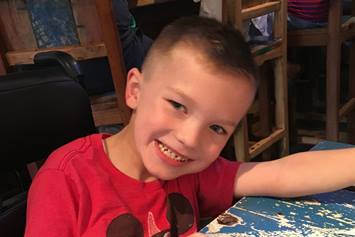
Meet Nathan
Nathan who was born 5 weeks early, along with his twin sister, via emergency c-section was diagnosed with spastic quadriplegic cerebral palsy just after his first birthday. As his sister met every milestone, Nathan was falling farther and farther behind.

